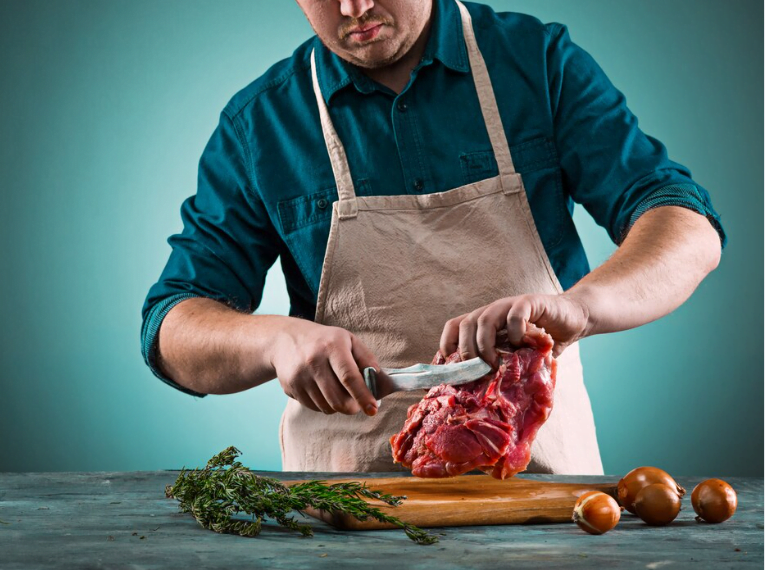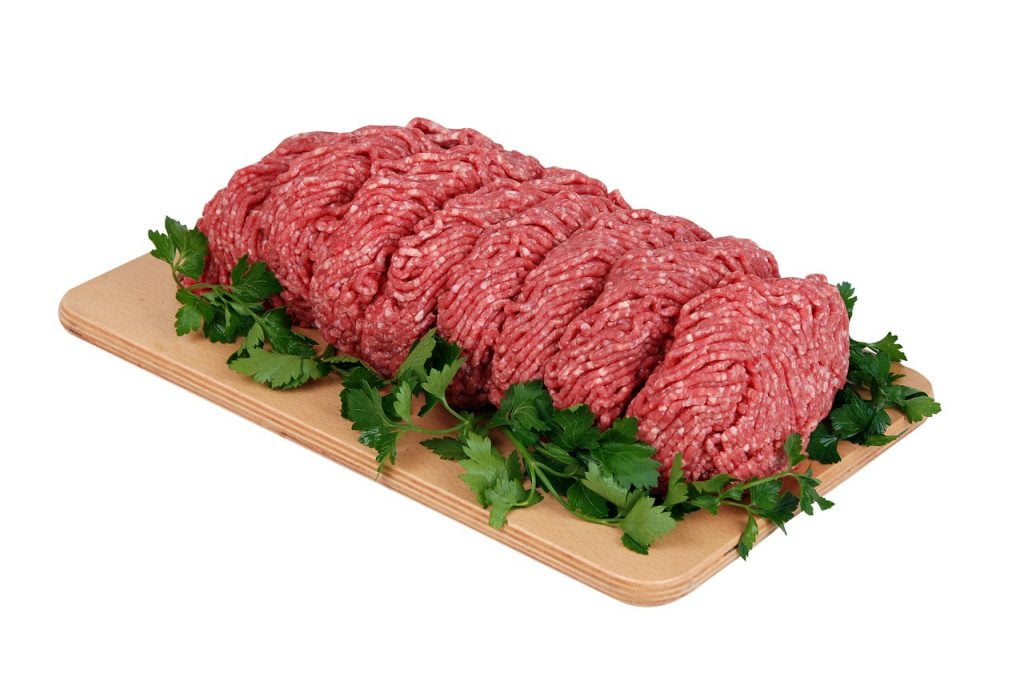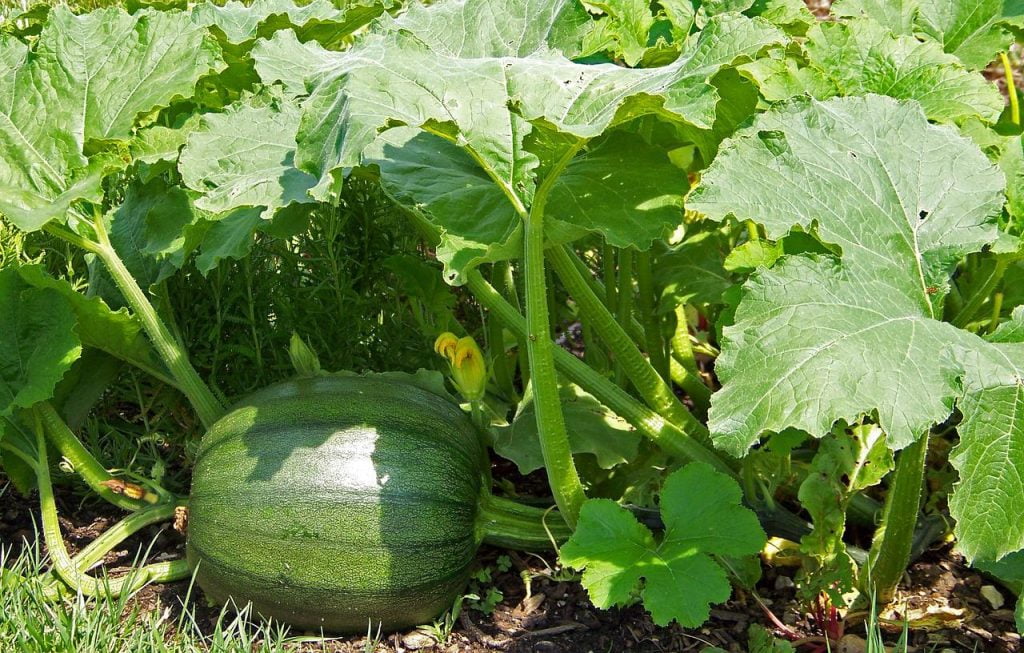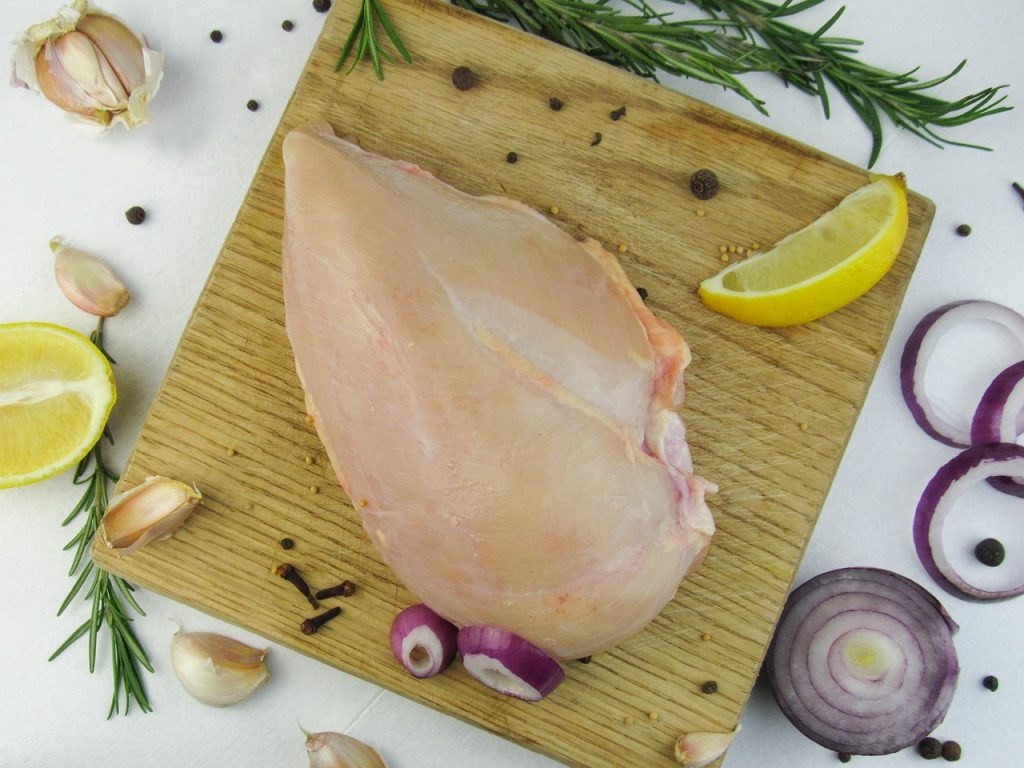
Ah, the humble front quarter cuts of beef. Often overshadowed by its juicy hindquarter cousins like ribeyes and filets, it carries a reputation for being tough and unforgiving. But fear not, budget-savvy carnivores! With a little know-how and some clever culinary sleight-of-hand, you can transform these affordable cuts into melt-in-your-mouth masterpieces. So, grab your knives, crank up the oven, and get ready to unlock the delicious secrets of the front quarter.
Why the Front Quarter Deserves Your Love:
Before diving into cooking techniques, let’s dispel some myths. Yes, the front quarter gets more exercise, making some cuts naturally less tender than their hindquarter counterparts. But that doesn’t mean they’re doomed to dryness and chewiness. In fact, studies show that front-quarter cuts, when cooked properly, can be just as flavorful and satisfying as their pricier counterparts. A 2019 study published in the Journal of Food Science found that, when cooked using low-and-slow methods like braising, chuck roast can achieve tenderness levels comparable to ribeye steak.
Beyond taste, the front quarter cuts of Beef offers incredible value. According to the National Beef Cattle Association, chuck roast can cost up to 50% less per pound than ribeye. That translates to serious savings and the opportunity to stretch your grocery budget further. Plus, with more connective tissue and collagen, front-quarter cuts are naturally packed with flavor and nutrients. It’s a win-win!
Conquering the Toughness: Cooking Techniques for Front-Quarter Success:
Now, let’s get down to the nitty-gritty: how to cook the front quarter cuts of beef for maximum tenderness and taste.
Embrace Low and Slow: The key to unlocking the magic of the front quarter lies in low-and-slow cooking methods. Think braising, stewing, slow roasting, and sous vide. These methods allow the collagen in the meat to slowly break down, transforming tough fibers into melt-in-your-mouth gelatin, resulting in incredibly tender and flavorful results. A study by the University of Nebraska-Lincoln found that braising at 195°F for 4 hours can improve the tenderness of chuck roast by up to 70%!
Moisture is Key: Front quarter cuts of Beef tend to be leaner, so adding moisture is crucial to prevent dryness. Use flavorful liquids like broth, wine, or beer in your braising or stewing recipes. You can also marinate the meat beforehand with an acidic marinade or simply rub it with oil and herbs to help lock in moisture.
Tenderize With Time: Don’t underestimate the power of time! Allowing the meat to cook slowly and gently gives the collagen ample time to break down, leading to naturally tender results. Remember, low and slow is the mantra for front-quarter cuts.
Kiss the Sear Goodbye: While searing is a great way to lock in juices for quick-cooking cuts like steaks, it can work against you with tougher cuts like those from the front quarter. Searing at high heat can create a tough exterior, trapping the moisture inside and preventing it from reaching the deeper layers of the meat. Instead, focus on low and slow cooking methods that allow the meat to cook evenly and gently throughout.
Mastering the Cuts: From Chuck Roast to Short Ribs:
The front quarter offers a diverse array of cuts, each with its own unique personality and culinary potential. Let’s explore some of the most popular and delicious options:
Chuck Roast: The undisputed king of the front quarter cuts of beef, chuck roast is perfect for braising, slow roasting, or even grinding into flavorful burgers. Its generous marbling and connective tissue guarantee incredible flavor and tenderness when cooked low and slow. Check out this recipe for a classic braised chuck roast with red wine and mushrooms: [Link to a delicious braised chuck roast recipe].
Short Ribs: These meaty wonders are like little bundles of beefy goodness, ideal for braising or slow cooking in barbecue sauce. Their rich flavor and melt-in-your-mouth texture will have you coming back for seconds (and thirds!). Here’s a recipe for sticky Korean short ribs that will tantalize your taste buds: [Link to a Korean short ribs recipe].
Brisket: Ah, the holy grail of barbecue. Brisket requires patience and dedication, but the payoff is truly epic. Slow-smoked or braised until falling-apart tender, brisket is the star of any barbecue feast. Get inspired by this Texas-style smoked brisket recipe: [Link to a Texas-style smoked brisket recipe].
Oxtail: Don’t be intimidated by the tail! This cut, while less common, is packed with intense flavor and collagen, making it perfect for slow-cooking stews and soups. Simmered with vegetables and herbs, oxtail becomes melt-in-your-mouth tender and releases a rich, savory broth that will warm you from the inside out. Try this recipe for a hearty oxtail stew with red wine and root vegetables: [Link to an oxtail stew recipe].
Bonus Fun Facts:
Did you know that the word “chuck” comes from the Middle English word “cheke,” which means “cheek”? This refers to the location of the chuck roast near the cow’s cheek.
The first recorded barbecue in the United States was held in 1904 in Texas, and brisket was the star of the show!
Short ribs are a popular cut in Korean cuisine, where they are often braised in a spicy gochujang sauce and served with rice and kimchi.
Beyond the Basics: Advanced Techniques for Front-Quarter Mastery:
Once you’ve mastered the basics, you can experiment with more advanced techniques to take your front-quarter cooking to the next level. Here are a few ideas:
Dry Brining: Dry brining involves rubbing the meat with salt and spices a day or two before cooking. This draws out moisture and concentrates the flavor, resulting in a more flavorful and tender finished product.
Sous Vide: This precise cooking method uses a water bath to cook food at a constant temperature, ensuring perfect doneness and incredible tenderness. It’s a great way to cook front-quarter cuts like chuck roast and short ribs.
Smoking: Adding a touch of smoke can take your front-quarter dishes to a whole new level. Use a smoker or even a grill with wood chips to infuse your meat with a smoky flavor that will impress your guests.
Remember:
The front quarter is all about patience and low-and-slow cooking. Don’t rush the process, and your efforts will be rewarded with incredibly tender and flavorful results.
Experiment with different cuts, cooking methods, and flavors to find your favorites. The possibilities are endless!
Most importantly, have fun and enjoy the delicious journey of exploring the world of front-quarter beef!
With these tips and tricks, you’ll be well on your way to becoming a front-quarter master, transforming budget-friendly cuts into culinary masterpieces that will have your family and friends begging for more. So, ditch the ribeye and embrace the chuck! The front quarter awaits, and it’s packed with flavor, value, and the potential for truly unforgettable meals.
Bonus Tip: Don’t be afraid to ask your butcher for advice! They’re a wealth of knowledge about different cuts and cooking methods, and they can help you choose the perfect front-quarter cut for your next culinary adventure.
Happy cooking!
Thanks for reading blogs from Grandviewfarms.
You may also like:
Beyond the Supermarket: Discovering the World of Farm Fresh Beef
Farm to Table Beef: The Future of Sustainable Meat Production
Pasture Raised Cows: A Symphony of Nature, Taste, and Well-being




